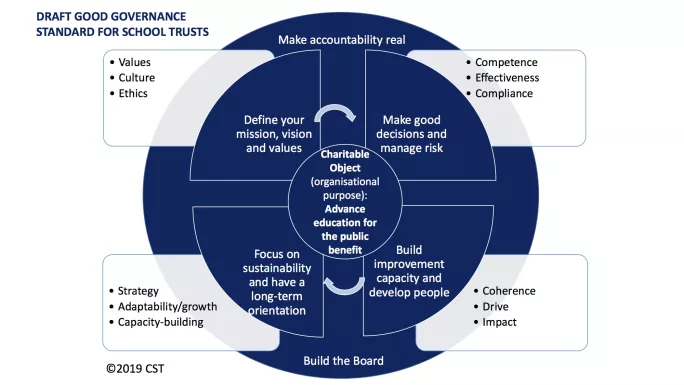Perhaps controversially, I believe that the small number of high-profile failures we have seen in multi-academy trusts are first and foremost failures of governance.
By bringing the mindset of maintained school governance into school trusts, we have perhaps forgotten that the proposition of governing a school trust - an autonomous legal entity with duties under company law and charity law - is fundamentally different from governing a maintained school.
This is not to cast aspersions on maintained school governance - it is quite simply that being a trustee in a trust is different. In nearly all maintained schools the local authority is the employer. Risk is actively managed by the local authority. If something goes wrong, the local authority typically steps in to support the school. It is part of the relationship between the local authority and the schools they maintain.
In trusts, however, the trust board fulfils this role. It is the employer, the improver and the manager of risk. We need to better understand the risk of poor decision-making in these organisations.
Academy trustees ‘have vast responsiblity’
The scale of the responsibility is vast: trustees must act only within the articles of association and funding agreement. Regulatory and legal powers are different. Trustees are the guardians of a school trust’s charitable purpose - the advancement of education for the public benefit.
And, of course, the task of governing a complex entity that is a group of schools is even more markedly different from a standalone school. Trustees in this context must be dynamic and agile - with a future orientation as trusts grow, consolidate or merge.
As a result of these challenges, our understanding of the proposition of governing a trust needs fresh clarity: we need a new standard of governance for school trusts - and that is what we are proposing.
Leora Cruddas is the Chief Executive of the Confederation of School Trusts. She tweets @LeoraCruddas





